One of the joys of gardening and watching things grow is the ability to share them. Propagating plants is a way of growing our collections for free or making new plants to share with friends and family. You don’t need lots of specialist equipment to propagate your plants, and there are a few methods to try, some working better on specific plants.
PROPAGATING BY SOWING SEEDS
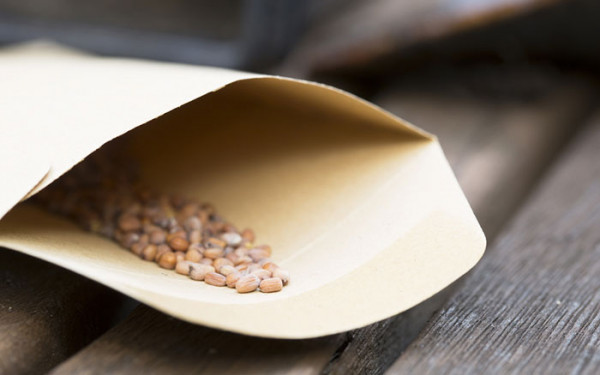
Firstly, this simple method is as easy as it sounds. Simply leave a few seedheads on the plant once they have done flowering and save them, storing them somewhere dry in an envelope. Depending on the plant you can sow them immediately, or within the next year.
Save the seeds by waiting for the seeds to ripen on the plant, then cut off the flower spike, placing it straight into a paper bag so no seeds are lost.
Place the contents on to a sheet of paper and separate the seeds from other foliage or debris. Then, when the seeds are sorted, place them into the paper envelope for storage.
Be sure to label the envelope with the plant type and date.
PROPAGATION FROM STEM CUTTINGS
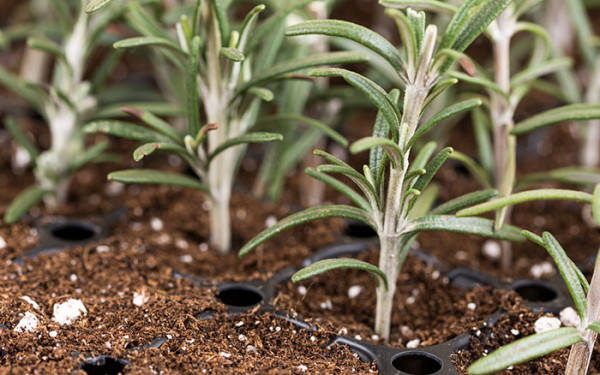
Another easy method involves cutting off a piece of the stem and potting them up individually, to encourage roots to grow.
Some plants are well suited to this way of propagating. For example, softwood stem cuttings (verbena, petunia, and pelargonium) can be taken in the summer, whilst autumn and winter are better for taking hardwood (forsythia, philadelphus, and flowering currants) stem cuttings.
When taking cuttings, use sharp secateurs to cut a stem just above a leaf on the parent plant. When removed from the plant, cut the stem just below one of the low leaf joints and then take off the leaves from the bottom half of the stem cutting.
Then, the base of the stem can be dipped in hormone rooting powder, which reduces the risk of fungal infections and increases the chance of rooting. Then, plant the stem into cutting compost, with the lowest leaves just above the compost level. Keep the compost moist to allow the cutting to settle in.
To boost growth, use thin canes in the pot as a structure to wrap a clear polythene bag over the plant and position the pot in a warm spot that’s not in direct sunlight.
PROPAGATING BY LAYERING
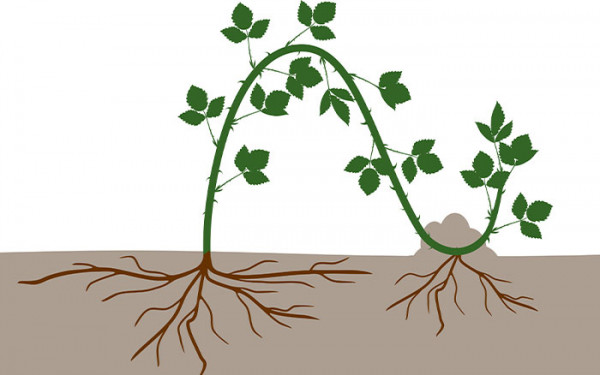
This method involves the plants rooting when they come into contact with soil. Plants like clematis, honeysuckle, wisteria, and rhododendrons can be propagated by layering.
Get started in summer by choosing a young, flexible branch that is low-growing enough to reach down to the soil. When chosen, remove any of the side-shoots, but leave the leaves at the end of the stem intact.
Then, about 15cm down from the tip of the shoot use a knife to make a nick on the branch about halfway through the branch from the underside. Apply some rooting powder and position the shoot on the ground then peg it and weigh it down so it doesn’t spring off the ground.
Keep the area watered well, then by autumn it should have rooted and can be cut away from the parent plant.
PROPAGATING BY DIVISION
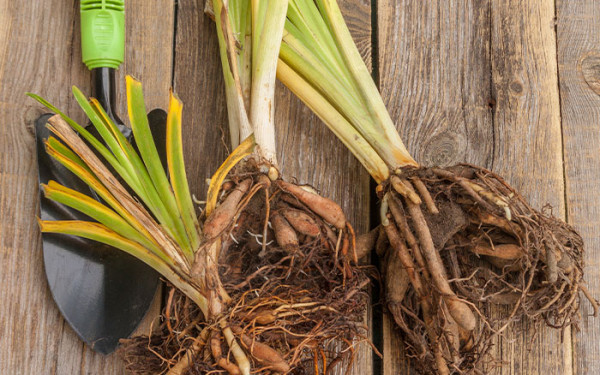
Next is a method of propagation that’s typically used in spring or autumn for perennials.
Not only does it give you more plants but also gives them a new lease of life because there are less roots competing for nutrients and moisture.
To divide plants, use a garden fork to lift them out of the ground and shake of any excess soil from the roots.
Then, the clump of roots can be teased apart or chopped using a spade or knife.
As soon as possible, plant the new divisions and water them into their new position well as letting them dry out will decrease the likelihood of them establishing.
Plants suitable for this method include asters, astrantias, and snowdrops.
PROPAGATION FROM ROOT CUTTINGS
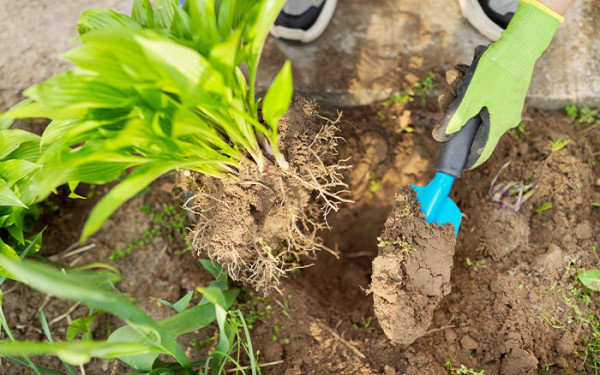
This method is best carried out between November and March, when the plants are dormant, and is useful for perennials.
Remove the plant from the ground to expose the roots. Then slice that main root into pieces that will fit into cells of a modular tray.
Ensure when cutting that you keep tabs on which side of the root is the top or bottom. Then, once you’ve added compost and a mix of grit to the tray, the root pieces can be inserted so it’s level with the compost surface.
When leaves germinate from the top, wait a few weeks more before potting up individually.
Plants to propagate in this method are things like oriental poppies or acanthus.
PROPAGATION FROM BASAL CUTTINGS
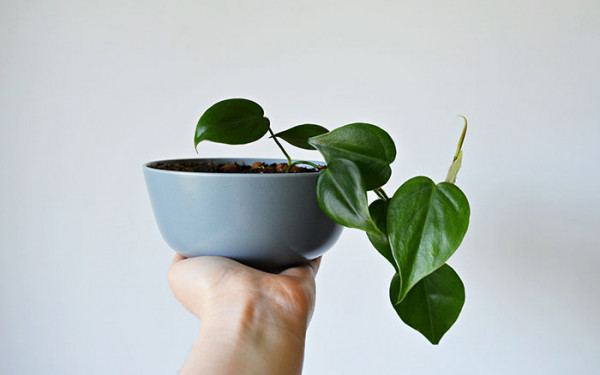
Basal cuttings come from the new shoots that grow in spring. Removing this new growth with a sharp knife and potting them up will encourage them to root.
Around April is the best time to use this method, when new shoots of perennials are growing on plants such as phlox.
Choose shoots that are between 10-12cm in height, and cut 3 or 4 as close to the base as possible.
Once removed, take of any leaves near the bottom of the stem which may be covered by compost.
Place the cuttings into the compost, around 2.5cm deep. Top the compost with grit, and water well, keeping the compost moist.
After watering, placing them in a clear plastic bag will help to retain moisture around the plants too.
Propagate dahlias and delphiniums using this method.
So, use these methods of propagation to increase your stock of plants. You can have free plants to add to your garden or gift to loved ones to share the joy and love of gardening.

